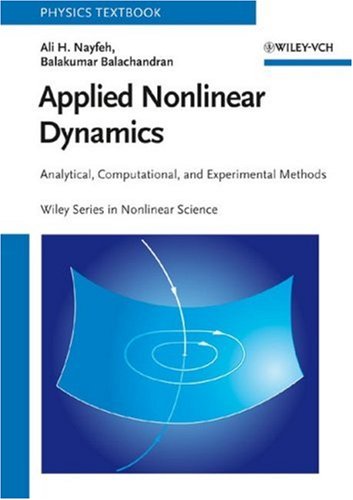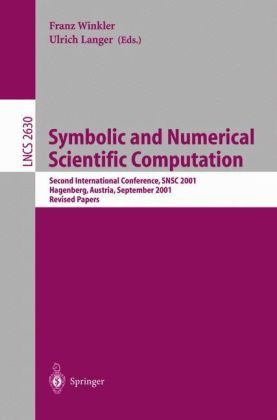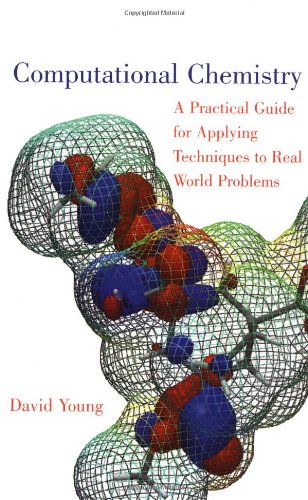Ali H. Nayfeh, Balakumar Balachandran978-0-471-59348-5
Applied Nonlinear Dynamics provides a coherent and unified treatment of analytical, computational, and experimental methods and concepts of nonlinear dynamics. Analytical approaches based on perturbation methods and dynamical systems theory are presented and illustrated through applications to a wide range of nonlinear systems. Geometrical concepts, such as Poincaré maps, are also treated at length. A thorough discussion of stability and local and global bifurcation analyses for systems of differential equations and algebraic equations is conducted with the aid of examples and illustrations. Continuation methods for fixed points and periodic solutions and homotopy methods for determining fixed points are detailed. Bifurcations of fixed points, limit cycles, tori, and chaos are discussed. The fascinating phenomenon of chaos is explored, and the many routes to chaos are treated at length. Methods of controlling bifurcations and chaos are described. Numerical methods and tools to characterize motions are examined in detail. Poincaré sections, Fourier spectra, polyspectra, autocorrelation functions, Lyapunov exponents, and dimension calculations are presented as analytical and experimental tools for analyzing the motion of nonlinear systems.
This book contains numerous worked-out examples that illustrate the new concepts of nonlinear dynamics. Moreover, it contains many exercises that can be used both to reinforce concepts discussed in the chapters and to assess the progress of students. Students who thoroughly cover this book will be well prepared to make significant contributions in research efforts.
Unlike most other texts, which emphasize either classical methods, experiments and physics, geometrical methods, computational methods, or applied mathematics, Applied Nonlinear Dynamics blends these approaches to provide a unified treatment of nonlinear dynamics. Further, it presents mathematical concepts in a manner comprehensible to engineers and applied scientists. The synthesis of analytical, experimental, and numerical methods and the inclusion of many exercises and worked-out examples will make this the textbook of choice for classroom teaching. Moreover, the inclusion of an extensive and up-to-date bibliography will make it an invaluable text for professional reference.







Reviews
There are no reviews yet.